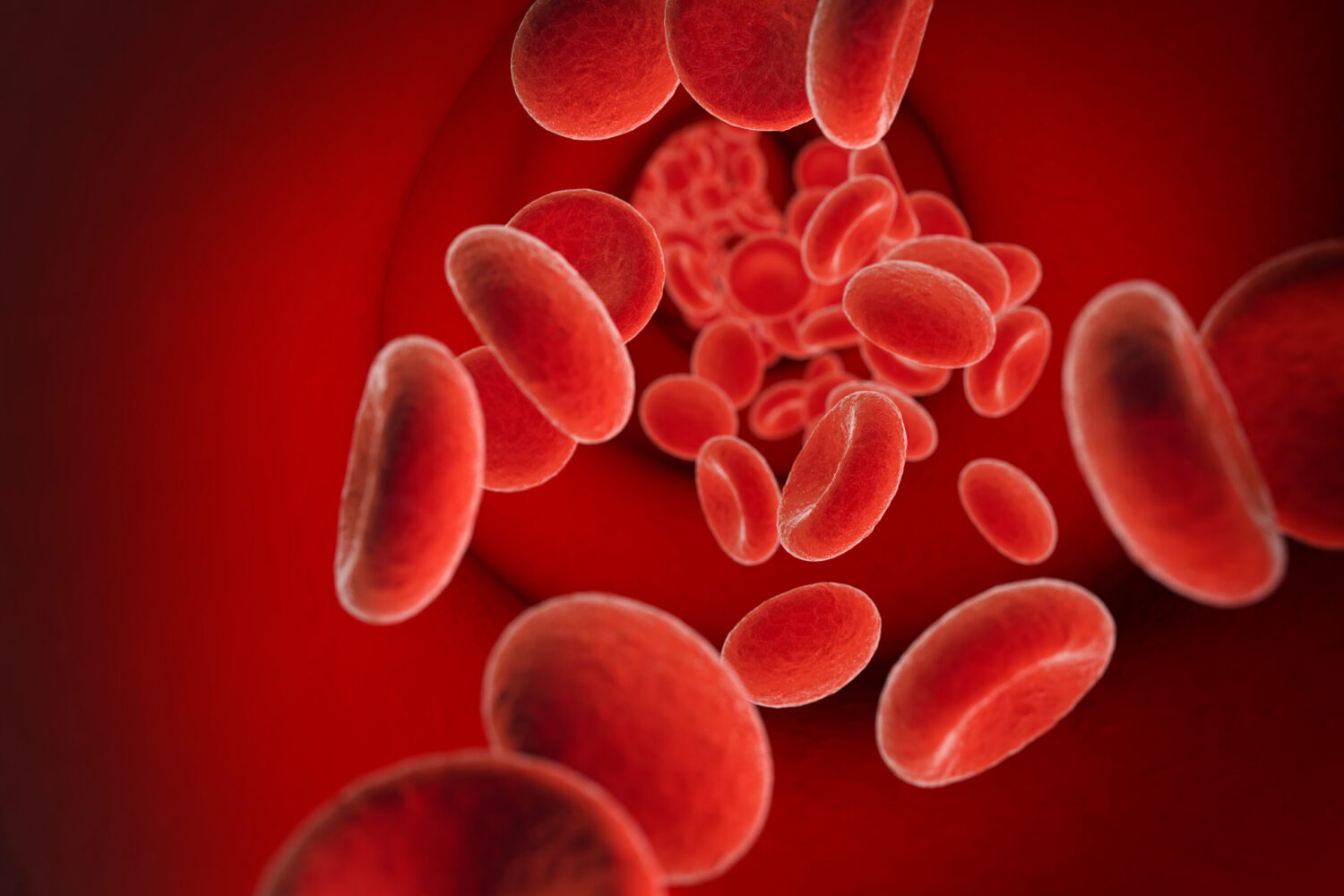Data presented at the annual meeting of the American Academy of Ophthalmology (AAO) in San Francisco revealed that one in three children with sickle cell disease suffers from retinopathy
Sickle cell disease (SCD) is a rare inherited disorder in which red blood cells take on a rigid, sticky, and altered form.
People affected by SCD can sometimes develop vision problems, as sickle-shaped cells remain trapped in the small blood vessels at the back of the eye.
The AAO has revealed that retinopathy is an age-dependent process, resulting in a significantly higher risk for older patients, than younger ones.
In order to learn more about this condition and how it manifests in children, researchers at the University of Tennessee Health Science Center conducted an extensive survey, which was presented at the 127th annual meeting of the AAO. The results where surprising: one in three children had retinopathy, with 9% of them requiring medical treatment.
This data suggests that children with sickle cell disease should be screened for vision problems as often as adults are.
“Our data underscores the need for patients — including paediatric patients — with sickle cell disease to get routine ophthalmic screenings along with appropriate systemic and ophthalmic treatment,” said Mary Ellen Hoehn, MD, Professor of Ophthalmology at the University of Tennessee Health Science Center, in the news release.
In addition, several pharmacological therapies were examined, which revealed that hydroxyurea — a chemotherapy medication used to reduce painful crises in patients with sickle cell anaemia — and chronic transfusions can be associated with decreased rates of retinopathy, always taking into account different genotypes.
The study was conducted by examining the medical records of 652 patients aged between 10 and 25 years of age (median age: 14 years), who underwent eye examinations (2,240 visits) in the last 12 years.
The results of the analysed data are as follows:
• 33% had non-proliferative retinopathy.
• 6% had proliferative retinopathy.
• 33 eyes were treated with panretinal photocoagulation, most commonly for stage 3 PR (43%).
• Intravitreal anti-VEGF therapy was administered to five eyes, all with PR.
• Other complications were retinal detachment and retinal artery occlusion.
• Vision loss (final best corrected visual acuity 20/60) following sickle cell disease complications was only noted in one patient with a central retinal artery occlusion.
“We hope that people will use this information to better care for patients with sickle cell disease, and that more timely ophthalmic screen exams will be performed so that vision-threatening complications from this disease are prevented,” Hoehn concluded in the news release.
This data should be taken into account and should not be underestimated as it could represent a turning point in terms of earlier diagnosis and better outcomes for patients.



